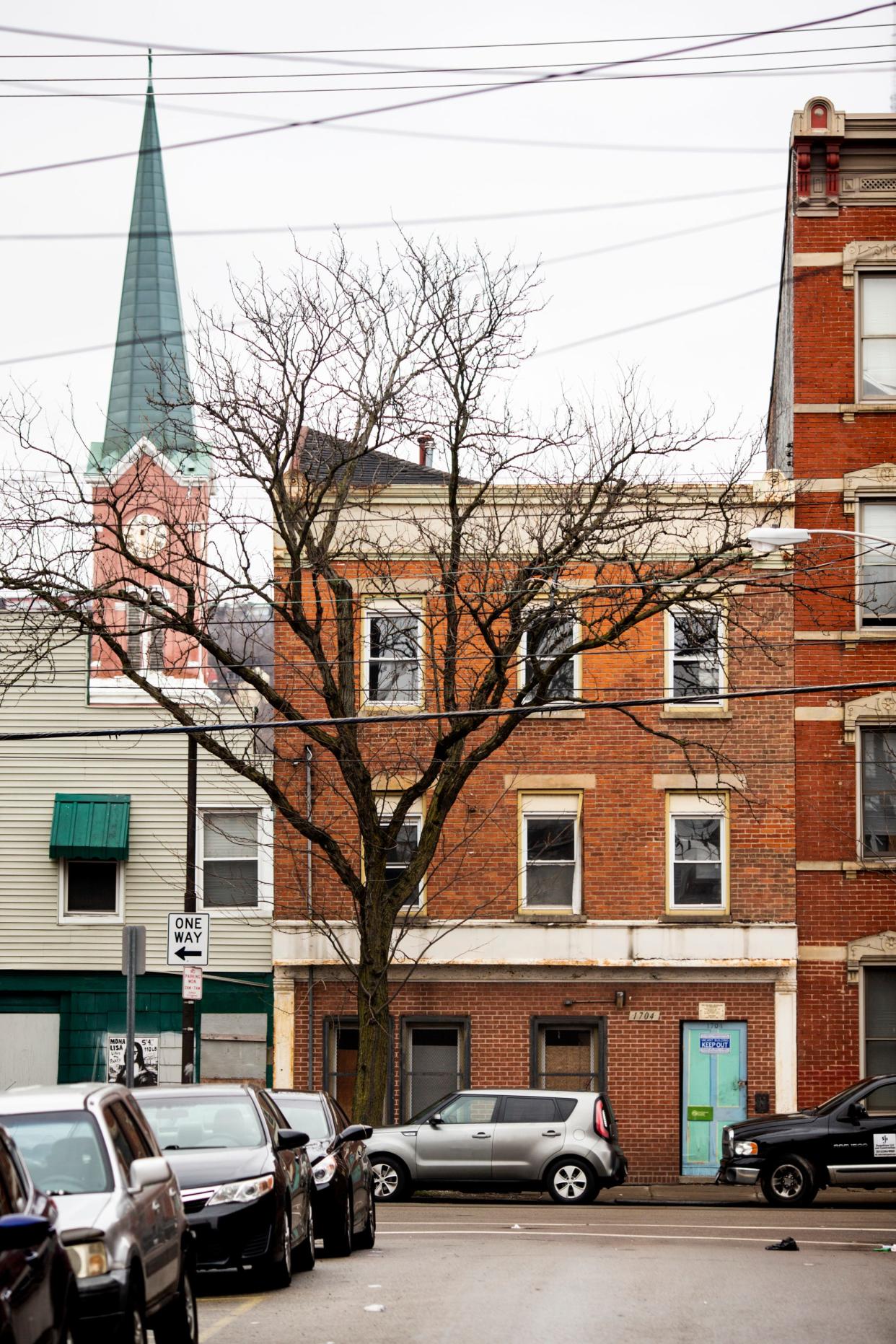City leaders propose tax abatement changes they say will be fairer

Cincinnati Mayor Aftab Pureval rolled out the city's new residential tax abatement policy Thursday, pledging the new tiered system will be fairer and easier to use.
Instead of offering the same 10 to 15-year residential tax abatements to homeowners equally in every neighborhood, the new policy gives fewer incentives to wealthy neighborhoods. Disadvantaged neighborhoods get more benefits than in the past.
The process to apply for an abatement would also be easier; a city study of the program showed red tape was preventing people from getting the abatement.
The program needs council approval and seems to have majority support. If passed, it would start Sept. 1.
Tax abatements, whether residential or commercial, spur building and renovations. But the tax money that goes uncollected could have paid for police officers or to fill potholes − or was made up by other less lucky taxpayers.
Pureval, surrounded by housing advocates and neighborhood residents, said the goal is to spur improvements to the city's housing stock.
“Following years of residents expressing frustration over the current program and its structure, we took action by creating a system that is more accessible, easier to use, and targets the communities who most need development,” Pureval said.
Councilmember Reggie Harris, who helped lead the reform effort, said the goal was to expand growth to communities that have been left out of the abatement process until now.
New policy cheered, denounced as 'crazy'
Te'Airea Powell, an East Westwood activist, said when she looks around the city it's clear to her which neighborhoods have seen little to no investment. East Westwood is one of those neighborhoods.
She's hopeful making abatements more generous to neighborhoods like hers will make it a nicer place to live.
But a lawyer suing the city in federal court on behalf of Black residents who claim the city's previous policy is discriminatory because it has led to segregation told The Enquirer he doesn't believe the program addresses segregation. The lawyer, Bob Newman, added there are no plans to settle the case, despite the city's hope this policy would lead to a settlement.
"This is crazy city policy," Newman said. "It is not tax abatement reform if the purpose of reform is to address the segregated residency pattern in Cincinnati."
Newman doesn't agree that this policy will lead to desegregation, which he and his clients are concerned about.
Under this policy, Newman said Black homeowners won't be able to buy homes in neighborhoods like Hyde Park and Oakley, which are majority-white.
"This ... will assure that the walls of housing segregation will be raised even higher," Newman said.
Newman's lawsuit in part targets the problem of abated projects resulting in higher property taxes, which then force longtime residents to move.
"I hope there are members of council who are made of sterner stuff who will call a halt to the subsidies to Hyde Park, and instead, support homeowners in Avondale, Bond Hill and the other neighborhoods where tax abatements were initially intended, and also protect the homeowners in Madisonville and Over-the-Rhine from being driven out by rising property taxes caused by high-end tax abated condos."
"If the city of Cincinnati won’t reckon with the housing segregation that it has created, folks who object to segregation will continue their case in Federal court for as long as it takes," Newman said.
There has been a call for reform for years, with no action.
The Cincinnati Education Justice Coalition and others have pressed for residential tax abatement reform for years with no action from the city.
New program has three-tiered system
It's a three-tier system targeting incentives to communities with the greatest needs.
Incentives are based on six definable criteria, requiring a review and readjustment every three years. Those criteria: Average household income, poverty rate, housing value, mortgage applications, market value change, new construction permit activity.
Tier One, called Sustain, would get the least amount of incentives: Columbia Tusculum, Hyde Park, Linwood, Mount Adams, Mount Lookout and Oakley.
Tier Two, called Expand, would get more incentives than the Sustain group, but less than the rest of the city: California, Clifton, Downtown, East End, East Walnut Hills, Madisonville, Northside, Over-the-Rhine, Pendleton and Pleasant Ridge.
Tier Three, called Lift, would get the most incentives. It includes the rest of the city's neighborhoods.
Administrative updates make the tax abatement more accessible and easier to use, particularly for lower-income residents. This includes a streamlined online application and targeted outreach directly to communities.
About residential tax abatements
Cincinnati's residential abatement program, which began in the 1970s, was available in fewer than half of its 52 neighborhoods until 2002. That year it was expanded to the whole city.
A tax abatement is a temporary reduction of property taxes. Currently, they're granted for 10 to 15 years to homeowners who spend at least $5,000 to renovate or rebuild their properties with a cap of $900,000 on building or repair. They are available to everyone in the city, no matter income level, home value or the poverty rate of the neighborhood. Cincinnati city council would have to approve the announced changes.
The program is limited to rehabilitation or new construction of condominiums, one, two, three, or four-unit, residential-only structures.
The abatement works this way: The city taxes the property as if the improvement had never occurred, so that if someone adds $250,000 worth of improvements to a $100,000 house, the house is still taxed as if it were worth $100,000.
City data shows 1,889 abatement applications were approved from 2017 to 2021, with a total improvement value of $694 million. The total value of the incentives, money that otherwise would have gone to the city, was $200 million.
This article originally appeared on Cincinnati Enquirer: City of Cincinnati tax abatements: What are the changes

